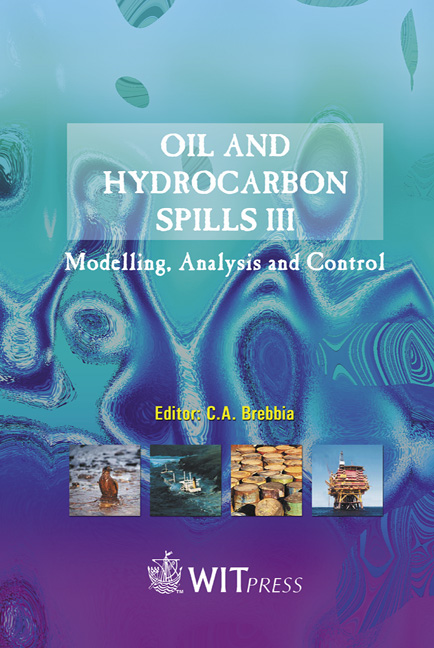Model For Simulation Of Movement And Biodegradation Of Hydrocarbons In Saturated And Unsaturated Soils
Price
Free (open access)
Transaction
Volume
59
Pages
Published
2002
Size
369 kb
Paper DOI
10.2495/OIL020011
Copyright
WIT Press
Author(s)
J. F. Muñoz, D. Gomez & C. Little
Abstract
A numerical model was developed and validated, to describe the processes governing the flow, transport and biodegradation of hydrocarbon spills in aquifers, using the Cholesky method. Model simulations showed good correlation with available experimental data for each individual process. The model was used to evaluate the efficiency of direct oxygen and bacteria injection into the aquifer as a bioremediation method for a fuel hydrocarbon spill case. 1 Introduction Pollution of aquifers by hydrocarbons involves both the vadose and saturated zones, where various processes, including phase movement and chemical and biological reactions take place. These biological reactions constitute a good possible tool to clean or slow the advance of contaminant plumes if properly applied. This article presents a two dimensional numeric model that simulates the behaviour of a LNAPL (Light non-aqueous phase liquid) hydrocarbon spill, taking into consideration all the previously mentioned processes. This includes phase movement for water and hydrocarbon, mass transfers between these phases, solute transport in the water phase and aerobic or anaerobic biodegradation kinetics. The model has been validated using experimental results from several literature sources and used to simulate the effect of the direct injection of oxygen and microorganisms to a fuel contaminated aquifer.
Keywords





